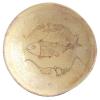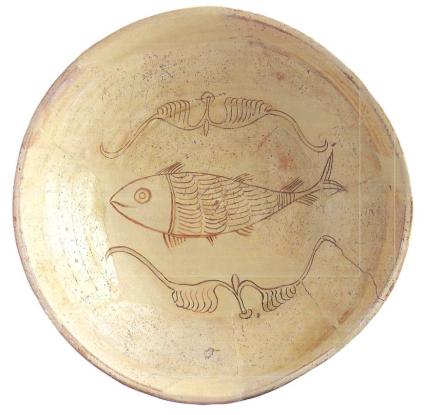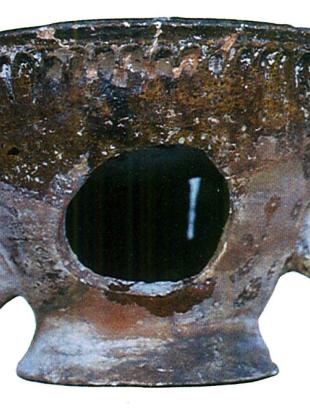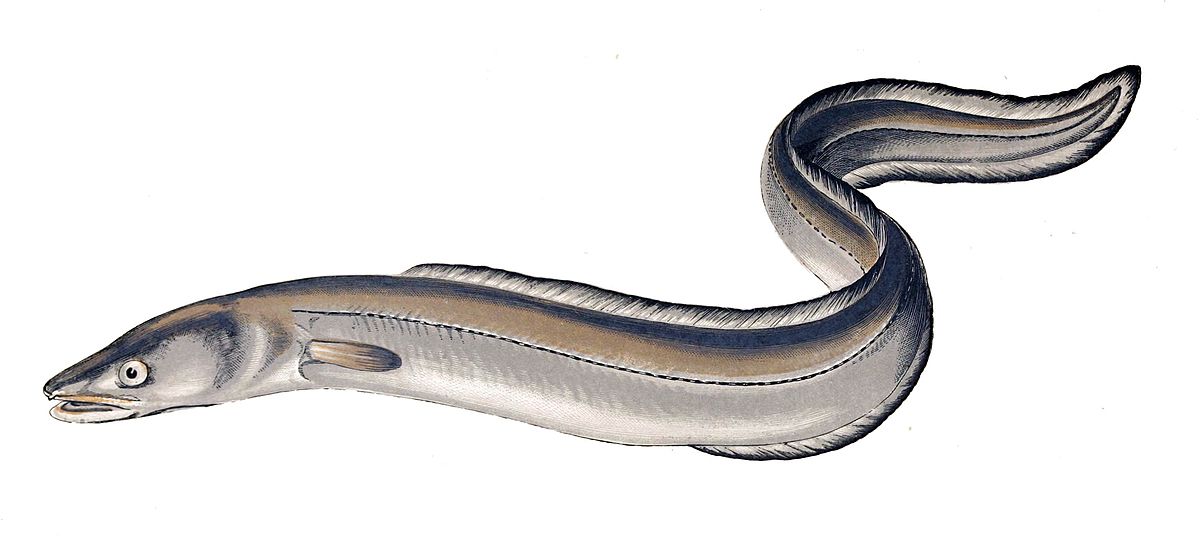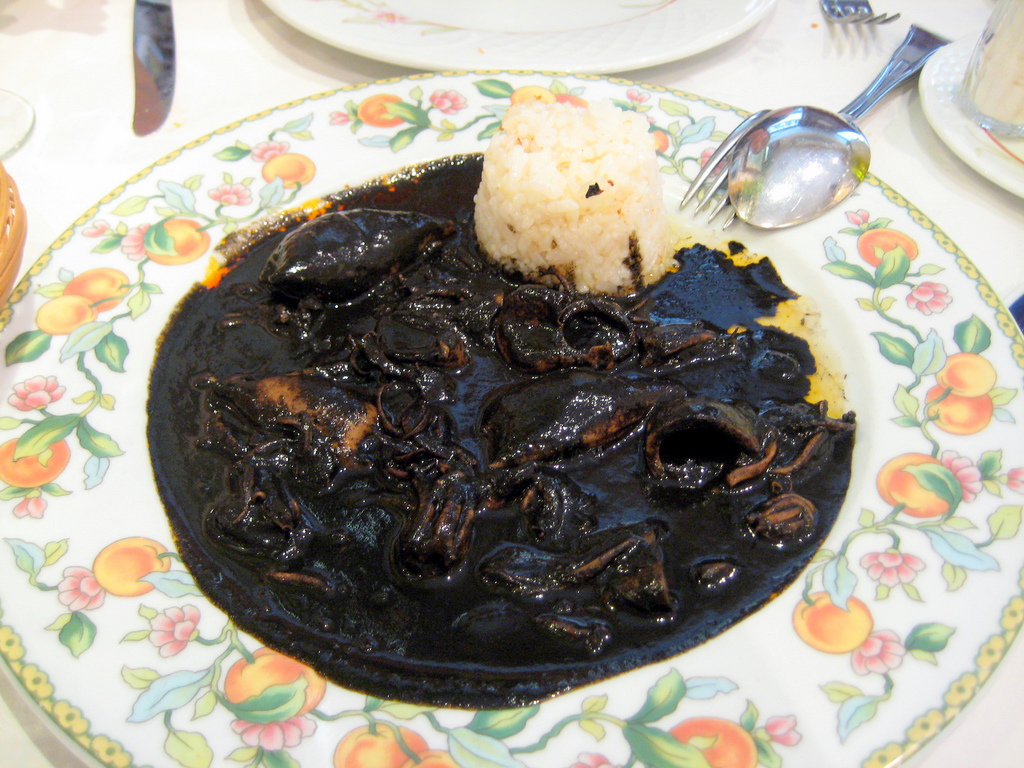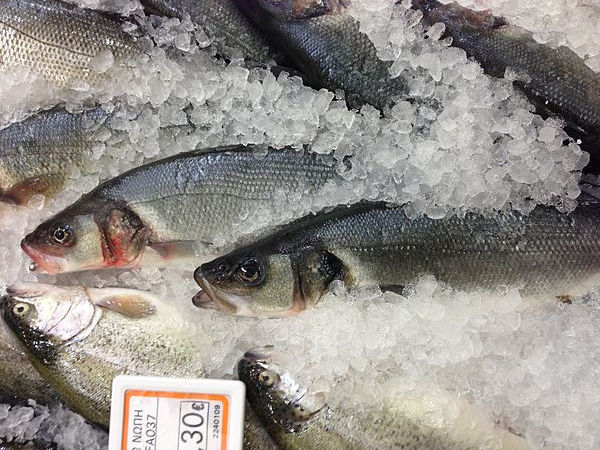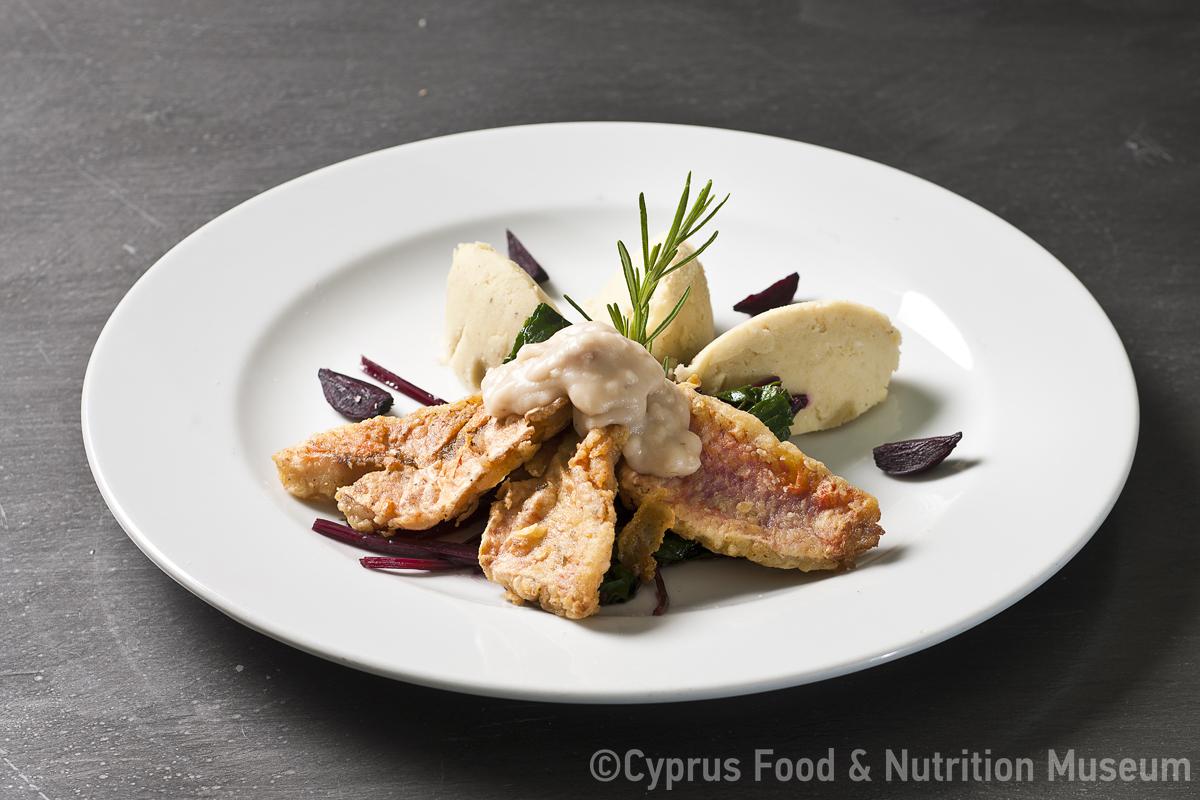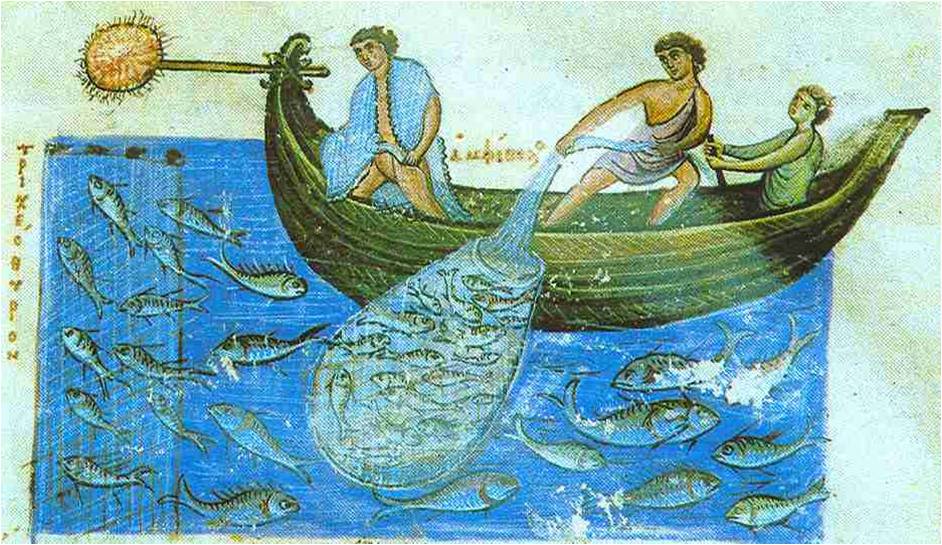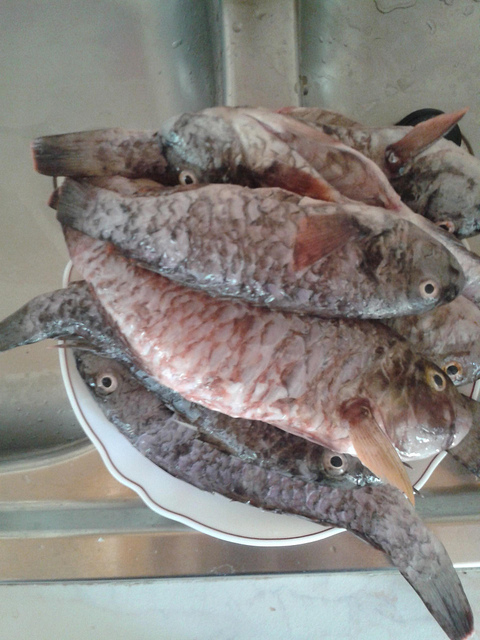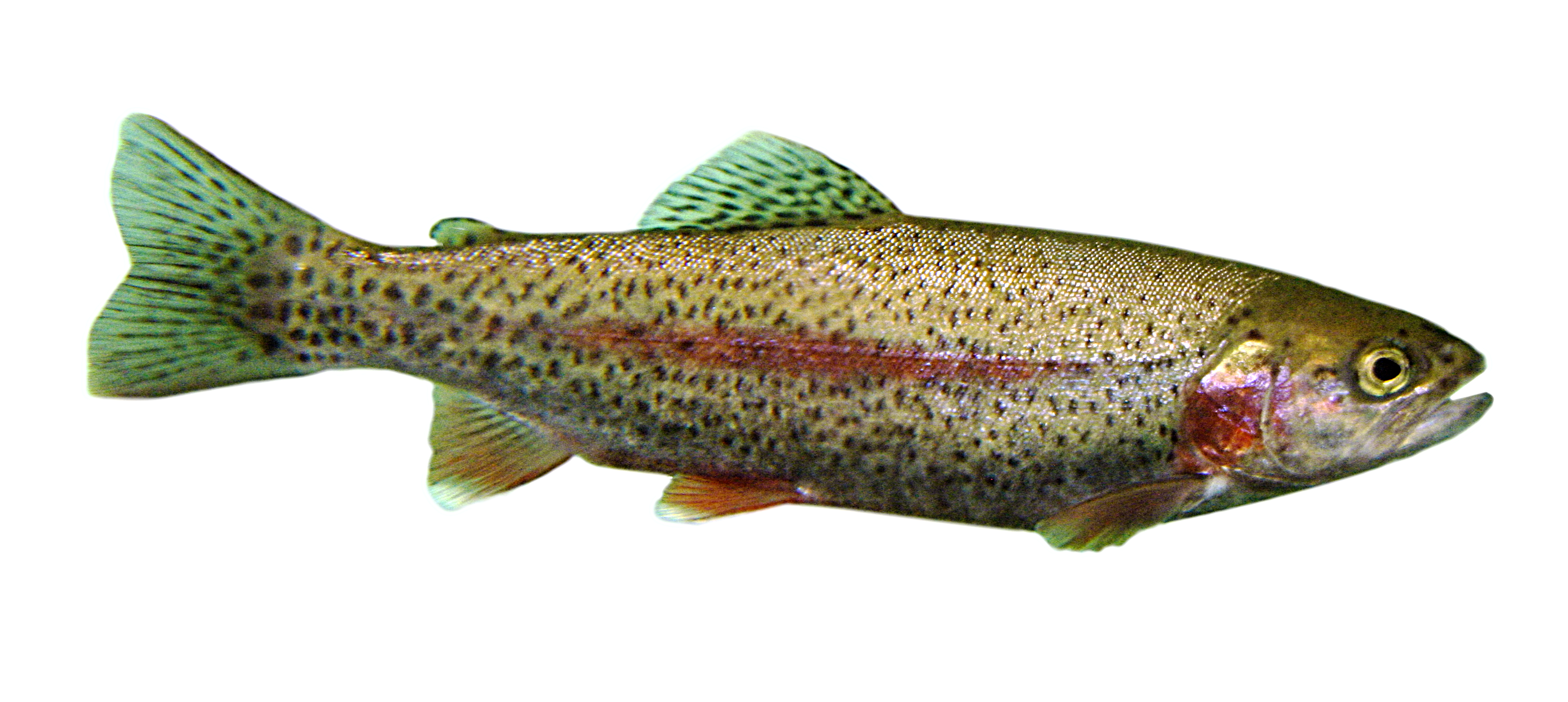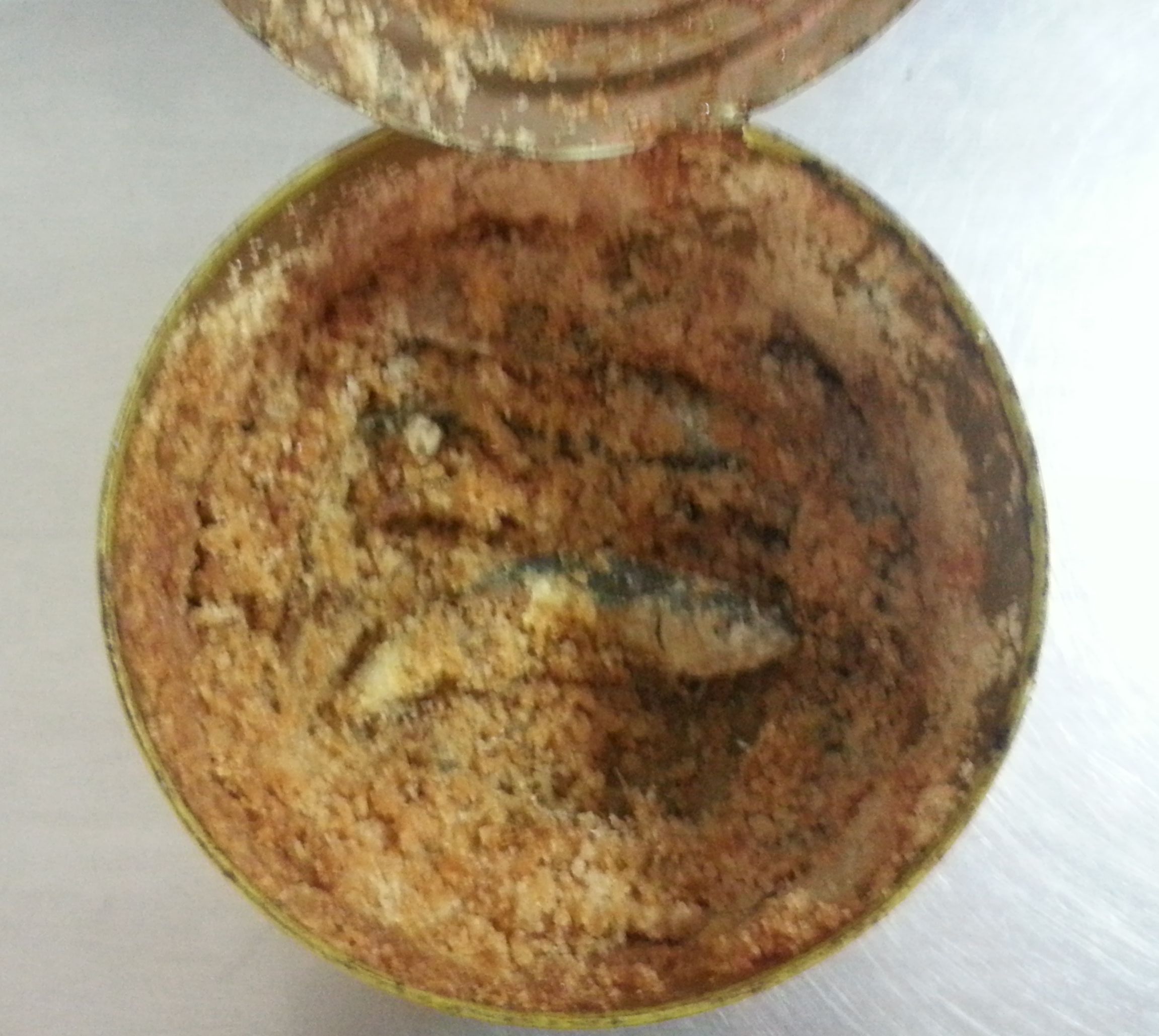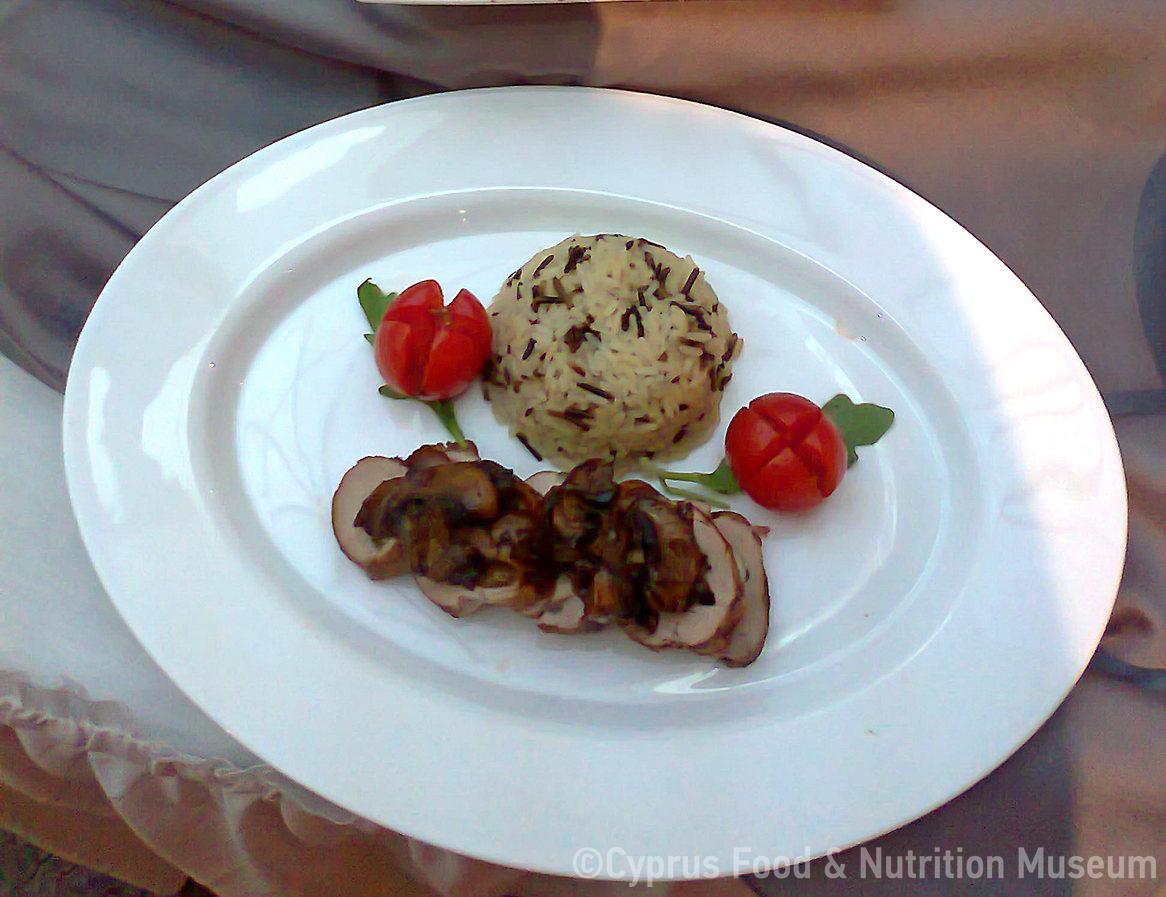A type of sauce of the Byzantine period, made with fish entrails.
Name - Origin
Γάρος ή γάρον. Garum, a fermented fish sauce.
From ancient Greek "γάρος" (a fish species) or the Latin "garum" (a type of broth or sauce with fish entrails).
A type of sauce made from the entrails, the gills and blood of the fish "garos" together with ground vegetables and salt. When garos was mixed with water, wine, vinegar or oil it was called 'ydrógaros', 'enógaros', 'oxygaros' or ‘garéleon’ (Koukoules, 1952).
Additional information and bibliography
In order to prepare or offer sauces such as "garon", the Byzantines used special utensils called "saltsária" or "saltserá", "garária" or "garerá". The sauces were consumed hot. Sauces are still eaten hot today, which is why they are often served in special self-heating dishes. Such self-heating ceramic utensils have been found in excavations in Cyprus, dating mainly to the 11th and 12th centuries AD (Papanikola-Bakirtzi, 1999)
Koukoules, F. (1952). Βυζαντινών Βίος και Πολιτισμός, Athens, 40-41.
Bakirtzis, C. (1989). Βυζαντινά Τσουκαλολάγηνα,, Publication of the Fund for Archaeological Resources and Expropriations, Athens, 55.
Papanikola-Bakirtzi, D. (1999a). Βυζαντινά Εφυαλωμένα Κεραμικά: Η Τέχνη των Εγχάρακτων, Fund for Archaeological Resources and Expropriations, Athens, no. 6, pp. 29.
Papanikola-Bakirtzi, D. (1999b). Επιτραπέζια και Μαγειρικά Σκεύη από τη Μεσαιωνική Κύπρο, Lithographia Zavalli Ltd., Nicosia, 8.
Athanassions Vionis
